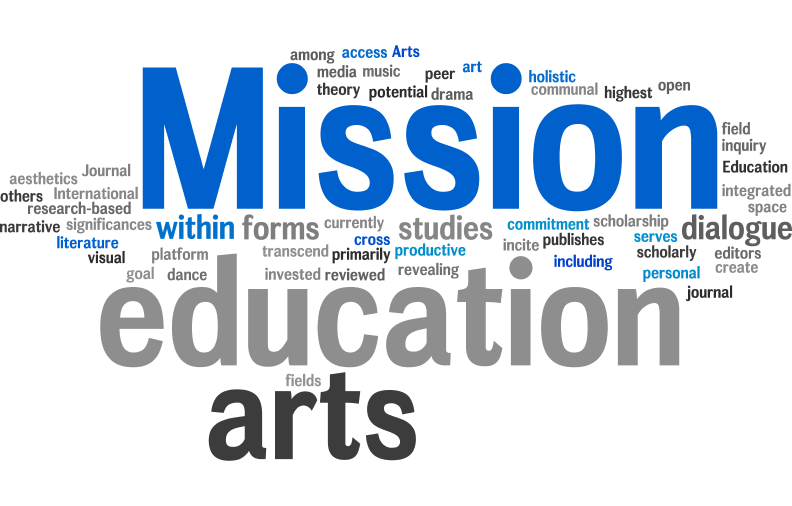| Volume 20 Number 19 | October 1, 2019 |
Artist Stories of Studio Art Thinking over Lifetimes of Living and Working
Elizabeth A. Johnston
University of Phoenix, USA
James F. Lane
University of Phoenix, USA
Citation: Johnston, E.A., Lane, J.F. (2019). Artist stories of studio art thinking over lifetimes of living and working. International Journal of Education & the Arts, 20(19). Retrieved from http://doi.org/10.26209/ijea20n19.Abstract
Many educational leaders are unfamiliar with learning, teaching, and conveying information through 21st century visual culture and digital products. Insights from individuals who developed skills in a visual environment and experienced technological disruptions throughout their working life might be useful. The six participants in this narrative inquiry study were born in the 1940s, 1950s, or 1960s and experienced the disruptive transition from text- and paper-based environments to the emerging visual culture of 2019. Each participant received studio art training and mastered a professional career in another field while maintaining an active life as an artist who was recognized in their community. These individuals might be uniquely qualified to explain how 21st century mid- or late-career professionals made sense of and applied skills developed through visual arts training and practice during the unsettling 21st century. Results indicated participants developed and continued to develop complex cognitive and creative skills and habits of mind within a visual rather than text based environment. Participants frequently described symbiotic responses to opportunities or problems that displayed the capacity to envision and select an alternative for action. Maturity allowed the artists in this study to gain self-confidence and a sense of identity expressed as Self-Becoming. Cognitive and creative skills associated with an arts education were shown as deep learning that transferred to a wide range of life activities and challenges. We concluded that participants in the study demonstrated an ability to adapt agilely through synergy and symbiosis to personal or environmental change. For these artists, conditions included an easy transition to technology empowering a visual culture in the early 21st century. Further study is needed on the lifelong value of acquiring and applying visual arts-based skills.
Visual Abstract
This article is available in PDF format.





